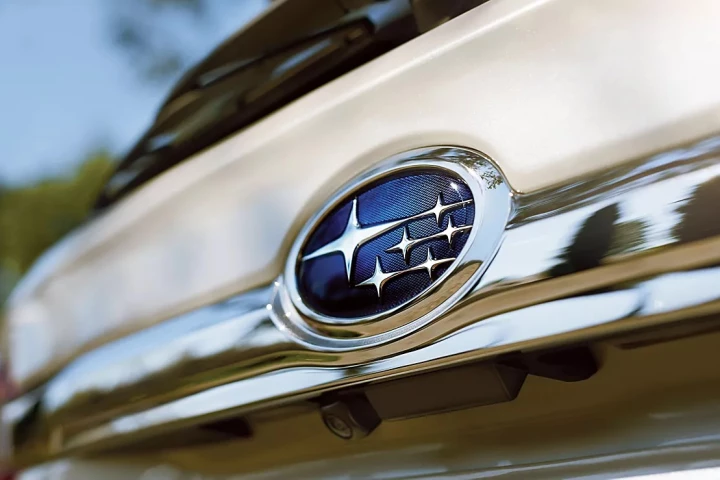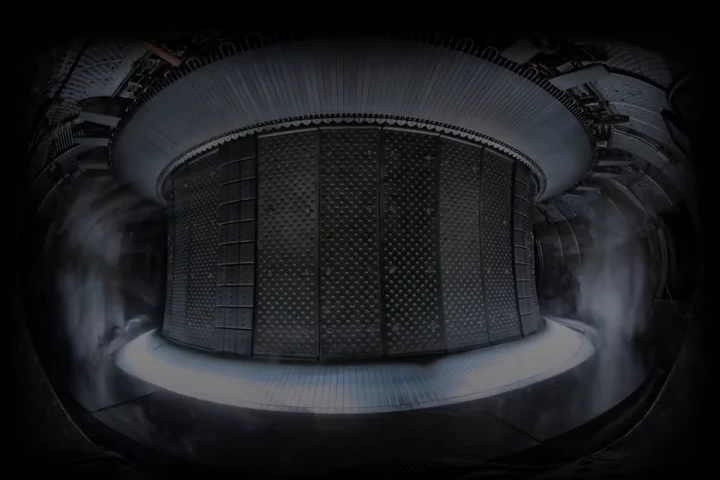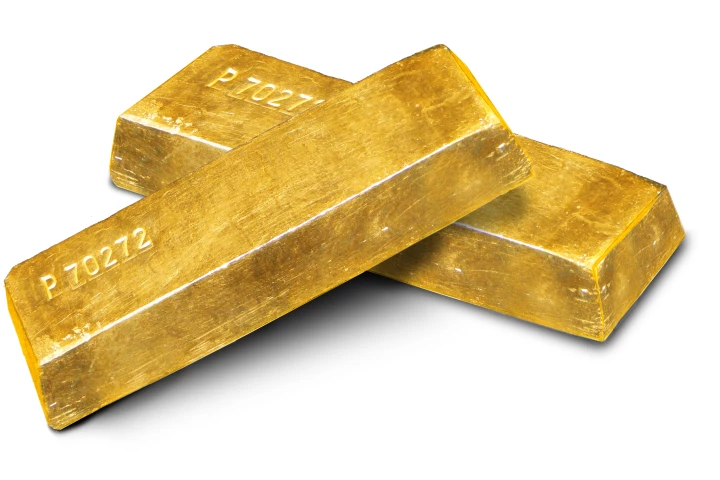We've previously seen how the recently announced Sony A9 compares with the Nikon D5. Now we'll take a look at how the key specifications and features of the Sony stack up against Canon's fast-shooting professional flagship DSLR, the 1DX Mark II.
As we said when we looked at the Sony A9 and the Nikon D5, the upcoming camera from Sony is being pitched as a fast-shooting professional model which can (at least for some photographers) offer an alternative to flagship DSLRs like the D5 and the year-old 1DX Mark II, which is why we're stacking the two side by side.
However, before we get into comparing the key specs, it's important to note that the primary difference here is the fact the A9 is a mirrorless camera, and the 1DX Mark II is a DSLR. This means the A9 lacks the physical mirror between lens and sensor, allowing it to be smaller and feature an electronic viewfinder. If you want a bit more information on the differences between mirrorless and DSLR cameras, check out our guide to camera types.
Size

The new mirrorless Sony A9 is a very different size to the flagship DSLRs it's being pitched against. Even with its optional battery grip the A9 is going to be considerably smaller than the Canon.
Weight

One of these cameras is going to be a lot easier to carry than the other, and it's not the Canon 1DX Mark II. The weight difference shows one of the main advantages of mirrorless cameras over their mirror-toting rivals. Weights are given for the camera body, battery and memory card, but without a lens.
Build

Both cameras feature a magnesium alloy build and rugged sealing. While flagship Canon DSLRs are renowned for their weather sealing the Sony A9 is billed as being "dust and moisture resistant."
Sensor size

There are full-frame CMOS image sensors in both the A9 and 1DX Mark II. This isn't surprising, as this sensor size is the standard for this sort of professional camera.
Megapixel count

There's a 4-megapixel difference separating this duo. While this means the Sony A9 has a slight advantage in resolution, for most people it's not going to make too much of a difference.
Processor

Both cameras feature the best image processor from their respective manufacturer. This allows the fast processing of high quality images and videos, and keeps things running smoothly.
Lens mount

The 1DX Mark II uses Canon's traditional EF-mount, which has been around for years and has dozens of different lenses available, covering the needs of almost any photographer. The A9 uses the E-mount we've seen on most of Sony's mirrorless cameras, and has fewer lens options, though it can be used with lenses featuring other mounts via adapters.
Stabilization

If users of the Canon 1DX Mark II want image stabilization they are going to need to buy optically stabilized lenses. Meanwhile, the Sony A9 features a built-in 5-axis sensor-shift stabilization system that offers shake compensation equivalent to using a 5-stop faster shutter speed.
Autofocus

The autofocus should be quick from either of these cameras. With 693 AF points, Sony says the autofocus of the A9 is precise and able to keep up with fast-moving subjects. That said, the 1DX Mark II offers blisteringly-fast and customizable autofocusing which will be hard to beat.
Burst rate

The Canon can sound like a machine gun when it fires at a speed of 14 fps, with its mirror flapping up and down. Despite being 6 fps faster, the A9 will also be quieter with its mirrorless shooting. It's worth noting that the 1DX Mark II can shoot at 16 fps with its mirror locked up.
ISO range

Sony's new mirrorless flagship has a wider native ISO range than the Canon rival. This could mean it's the better option when shooting in lower light conditions, though both cameras have a top extended ISO of 204,800.
4K video

While both of these cameras are capable of shooting 4K video, the Canon is able to do this at double the frame-rate of the Sony A9.
Full HD video

Drop the resolution to Full HD and both cameras max out at 120 fps. This means they can be used to produce Full HD footage in slow motion as well as in more standard frame rates.
Viewfinder

The optical viewfinder on the Canon 1DX Mark II is typical of DSLRs and uses the mirror to look through the lens. Meanwhile, the Sony employs an OLED electronic viewfinder (EVF) with 3,686,400 dots which lets you see how changes to settings will alter your images. A standard refresh rate of 60 fps (which can be upped to 120 fps), and blackout-free shooting means this EVF could be one of the best yet.
Monitor

The rear touchscreen monitors on these cameras are pretty similar, though the Canon 1DX Mark II has a slight advantage in terms of size and resolution. That said, the monitor on the Sony A9 can be angled which will make it easier to use in some situations.
Photo file type

Either of these cameras can shoot both RAW and JPEG images, though the Canon offers more options in terms of RAW file sizes.
Storage media

Dual card slots on this duo means that users have the option of shooting different filetypes to different cards, backing up content, or simply extending storage. The Sony uses two SD card slots (one of which can also accept Sony Memory Stick cards) while the Canon pairs one CF with one CFast 2.0 slot.
Wireless

It's a big win for the Sony A9 when looking at wireless connectivity. It comes with built-in Bluetooth and Wi-Fi for the easy sharing of content and remote shooting. The Canon 1DX Mark II requires an optional wireless adapter to gain wireless skills.
Battery life

Big DSLRs are able to carry big batteries, which is why it's no surprise that the Canon 1DX Mark II will keep shooting for almost twice as long as the Sony.
Release

While the Canon 1DX Mark II came out more than a year ago, it will likely remain Canon's flagship fast-shooting camera for some time yet. Meanwhile, we're still waiting for the A9 to hit stores.
Price

Neither of these cameras comes cheap, though the A9 will set you back US$1,500 less than the Canon. However, the true cost of either camera will depend on what lenses and accessories you already have or need.
Wrap-up
Just as we saw when we compared it with the Nikon D5, it's clear that the new mirrorless Sony A9 can rival flagship DSLRs on some key specifications. However, that's not to say it can replace those cameras for all users. For example, many photographers hate the idea of moving from an optical to electronic viewfinder, though some EVF-converts say they'd never go back.
The A9 offers a number of advantages over the Canon 1DX Mark II such as its size and weight advantage, as well as that faster top shooting speed. While some aspects of the camera are still a bit of an unknown, such as exactly how well the autofocus will perform, we look forward to filling in the blanks when we get to review the camera in the real world.
Meanwhile, the Canon benefits from a longer-lasting battery and the fact that there are so many lenses which are compatible without the need for adapters, particularly fast prime telephoto lenses which are typically employed by the sort of user at which these cameras are targeted. Many of those photographers will also already have a kit bag full of Canon glass, which can make switching brands expensive.

























